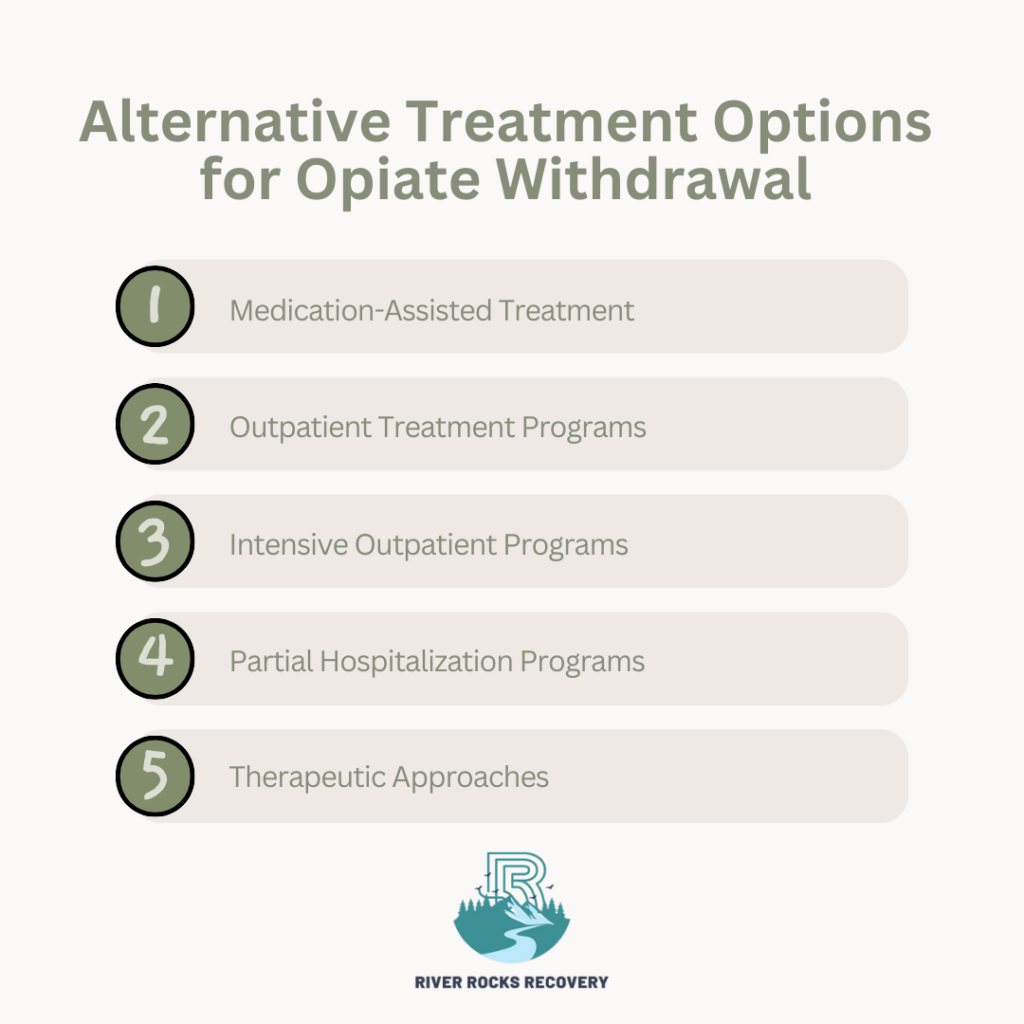Are you considering kratom as a treatment for opiate withdrawal? If yes, you must be wondering- is it safe? Let’s dive into this blog and explore how kratom can be an effective and secure option to treat or overcome opiate addiction.
Well, Opiate withdrawal is a difficult process characterized by physical and psychological symptoms such as anxiety, muscle aches, insomnia, and strong cravings. Kratom, a tropical tree native to Southeast Asia, has recently acquired popularity for its ability to ease withdrawal symptoms.
So, let’s scroll down this blog and find its reliability.
Kratom: An Overview!
Kratom (Mitragyna speciosa) has long been utilized in Southeast Asia for its stimulating and calming effects. The Kratom tree’s leaves contain substances that interact with the brain’s opioid receptors, resulting in effects ranging from pain alleviation and sedation to enhanced energy and alertness, depending on dosage. Kratom (Mitragyna speciosa) is a member of the coffee family, and its leaves contain active compounds, primarily mitragynine and 7-hydroxymitragynine, that interact with the brain’s opioid receptors. This interaction can produce effects similar to those of traditional opioids, providing both stimulating effects at lower doses and sedative effects at higher doses.
However, Kratom’s qualities have made it a popular herbal medicine among people looking to alleviate the symptoms of opiate withdrawal.
How Does Kratom Work in Opiate Withdrawal?
The main alkaloids found in Kratom, mitragynine, and 7-hydroxymitragynine, bind to the opioid receptors in the brain and have effects that are somewhat comparable to those of opioids.
This can help lessen withdrawal symptoms by simulating the effects of ingesting an opioid without producing the euphoric high linked to heroin or prescription medications. Here’s how it works:
- Minimize cravings: Kratom may help diminish the intense cravings associated with withdrawal by interacting with opioid receptors.
- Reduce physical pain: The analgesic qualities of kratom can aid in reducing the typical withdrawal symptoms of pains and joints.
- Boost mood and energy: At lower doses, kratom can have stimulant-like effects that may alleviate the depressive symptoms and exhaustion associated with withdrawal.
Common Forms of Kratom
Kratom is available in various forms, including:
- Powder: Dried kratom leaves are ground into a fine powder that can be mixed with water or food.
- Capsules: Powdered kratom is encapsulated for convenient consumption.
- Extracts: Concentrated forms of kratom are made using specific extraction processes, often resulting in a more potent product.
- Tea: Kratom leaves can be brewed into a tea for consumption.
How Much Kratom is Safe to Use for Opioid withdrawal?
To figure out kratom safety, let’s uncover its safety profile that remains controversial.
1. Risk of Dependency
Kratom has the same potential to become habit-forming as opioids. Frequent usage of Kratom may result in dependence, and when people try to stop using it, they may go through their version of withdrawal. Similar to opiate withdrawal symptoms, but often regarded as less severe. The symptoms of Kratom withdrawal include irritability, sleeplessness, anxiety, and muscle aches.
2. Absence of Rules
The FDA does not regulate kratom, thus there can be wide variations in the potency and quality of goods containing it. Because of this irregularity, it is more difficult to regulate dosages, which raises the possibility of negative effects. Furthermore, there could be significant health concerns associated with certain items if they are mixed with other chemicals or contaminated with dangerous compounds.
3. Possible Negative Effects
Kratom has several adverse effects even though it can provide relief. Constipation, dry mouth, nausea, vomiting, and sleepiness are a few typical side effects. Seizures, liver damage, and respiratory depression are among the infrequent but potentially dangerous side effects that have been documented, particularly at high dosages.
The Risks of Using Kratom
1. Lack of Regulation
Kratom is not regulated by the Food and Drug Administration (FDA), leading to significant concerns regarding the quality and safety of kratom products. This lack of oversight means that consumers may be exposed to contaminated or adulterated products, posing serious health risks.
2. Potential for Dependency and Addiction
Despite its reputation as a safer alternative, kratom can be addictive. Regular use may lead to tolerance, requiring higher doses to achieve the same effects. Additionally, discontinuing kratom after prolonged use can result in withdrawal symptoms, including:
- Fatigue
- Insomnia
- Irritability
- Mood swings
- Physical discomfort
3. Side Effects
Kratom can cause a range of side effects, some of which can be severe, including:
- Nausea and Vomiting: Commonly reported, especially at higher doses.
- Constipation: Can lead to gastrointestinal discomfort.
- Dizziness: May impair coordination and cognitive function.
- Respiratory Depression: Similar to traditional opioids, high doses can lead to breathing difficulties, posing a risk of overdose.
4. Interactions with Other Substances
Kratom can interact with other drugs and substances, potentially leading to dangerous health consequences. For instance, combining kratom with alcohol or benzodiazepines can increase the risk of respiratory depression and overdose.
What Does Research Say?
There is little data on the long-term safety and effectiveness of Kratom. Although some evidence indicates that Kratom may be useful in managing the symptoms of opiate withdrawal, more studies are required to validate this and develop safety standards. The lack of established dosages and potential for addiction make medical practitioners hesitant to suggest it as a common treatment for withdrawal from opioids.

Alternative Treatment Options for Opiate Withdrawal
For individuals struggling with opioid addiction, there are several evidence-based treatment options available through addiction treatment programs. These options can provide comprehensive support and guidance during the recovery process.
1. Medication-Assisted Treatment (MAT)
MAT combines behavioral therapy with medications designed to reduce cravings and withdrawal symptoms. Common medications include:
- Methadone: A long-acting opioid agonist that helps alleviate withdrawal symptoms and reduce cravings.
- Buprenorphine: A partial agonist that can help manage withdrawal while limiting the euphoric effects associated with full agonists.
- Naltrexone: An opioid antagonist that helps prevent relapse by blocking the effects of opioids.
2. Outpatient Treatment Programs
Outpatient treatment programs provide flexibility for individuals to receive therapy while maintaining their daily routines. These programs typically include:
- Individual and Group Therapy Sessions: Focus on coping strategies, relapse prevention, and emotional support.
- Education on Addiction Recovery: Participants learn about addiction, its effects on the brain, and healthy coping mechanisms.
3. Intensive Outpatient Programs (IOP)
Intensive Outpatient Programs offer a structured level of care for individuals with more severe addiction issues. Participants engage in multiple therapy sessions each week while living at home. This option allows for:
- Increased Support: IOPs provide a supportive environment that encourages accountability and connection.
- Access to Resources: Participants often receive education on addiction and access to community resources.
4. Partial Hospitalization Programs (PHP)
PHPs provide a higher level of care for those requiring intensive treatment without 24-hour supervision. Participants attend therapy sessions during the day and return home at night. This option is suitable for individuals transitioning from inpatient care or those needing more structured support.
5. Therapeutic Approaches
Mental health therapy plays a critical role in recovery from opioid addiction. Evidence-based therapeutic approaches, such as:
- Cognitive-Behavioral Therapy (CBT): Focuses on identifying and changing negative thought patterns and behaviors associated with addiction.
- Dialectical Behavior Therapy (DBT): Helps individuals develop emotional regulation skills, mindfulness, and interpersonal effectiveness.
Want to get rid of opiate addiction? Call River Rocks Recovery!
If you want to get rid of opiate addiction and looking for the best addiction treatment center in Ohio, then call (888) 905-6281 River Rocks Recovery! Our skilled staff at River Rocks Recovery provides individualized treatment programs to assist you in efficiently and securely kicking your opiate addiction. Get in touch with us now to start your recuperation journey!
Conclusion
While kratom may seem like an appealing option for managing opiate withdrawal symptoms, the risks associated with its use raise significant concerns. The potential for dependency, lack of regulation, and possible health complications make it a controversial choice. Instead, evidence-based treatments offered through addiction treatment programs provide safer and more effective pathways for recovery.
If you or a loved one is struggling with opioid addiction, consider reaching out to an Addiction Treatment Center in Ohio. River Rocks Recovery offers a range of services, including Opioid Addiction Treatment Programs, Drug Addiction Treatment, and Alcohol Addiction Treatment. Our dedicated team is here to support you on your journey to recovery through comprehensive care and personalized treatment plans. Your path to recovery starts with the right support—don’t hesitate to reach out us at:(888) 905-6281 today.
FAQ on Kratom as a Treatment for Opiate Withdrawal
What is kratom?
Kratom is a tropical tree native to Southeast Asia, known for its leaves that contain compounds interacting with opioid receptors in the brain, providing stimulating and sedative effects.
Can kratom help with opiate withdrawal symptoms?
Some individuals report that kratom alleviates withdrawal symptoms such as anxiety, irritability, and pain. However, its safety and efficacy as a treatment option remain debated.
What are the risks of using kratom for opiate withdrawal?
The risks include potential dependency, lack of regulation leading to contaminated products, various side effects (nausea, dizziness, respiratory depression), and dangerous interactions with other substances.
Are there alternative treatments for opiate withdrawal?
Yes, evidence-based treatments include Medication-Assisted Treatment (MAT), Outpatient Treatment Programs, Intensive Outpatient Programs (IOP), Partial Hospitalization Programs (PHP), and therapeutic approaches such as Cognitive-Behavioral Therapy (CBT).
How can I find help for opioid addiction?
If you or a loved one is struggling with opioid addiction, consider reaching out to an Addiction Treatment Center in Ohio, such as River Rocks Recovery, which offers comprehensive care and personalized treatment plans.




























